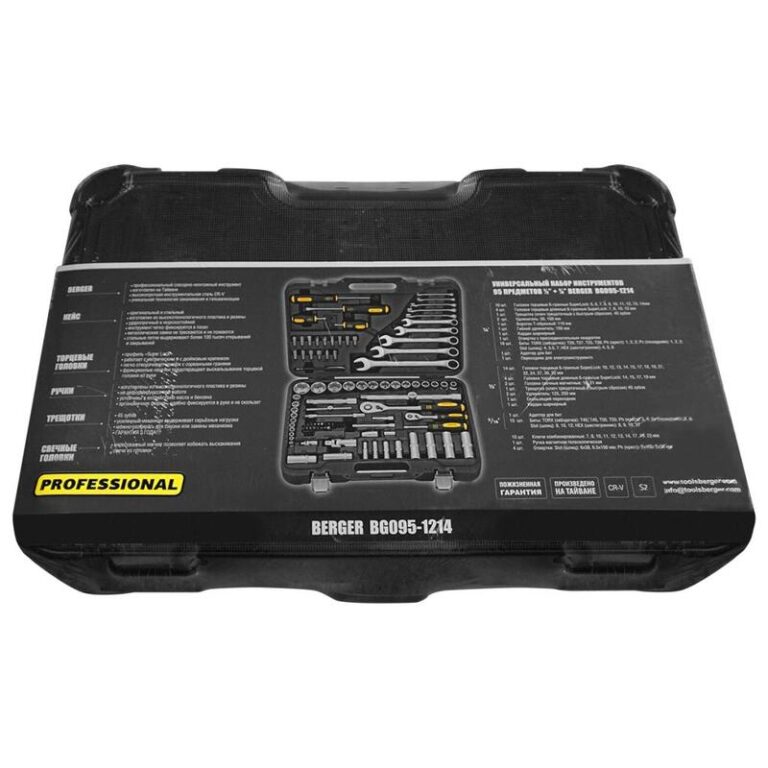As the world transitions towards a more sustainable energy future, the demand for efficient energy storage solutions has become more critical than ever. Among the latest advancements in this field is TBG95, a cutting-edge battery technology designed to meet the growing needs of various applications, from electric vehicles (EVs) to renewable energy systems. This article explores TBG95, its features, applications, advantages, challenges, and the impact it may have on the energy landscape.
What is TBG95?
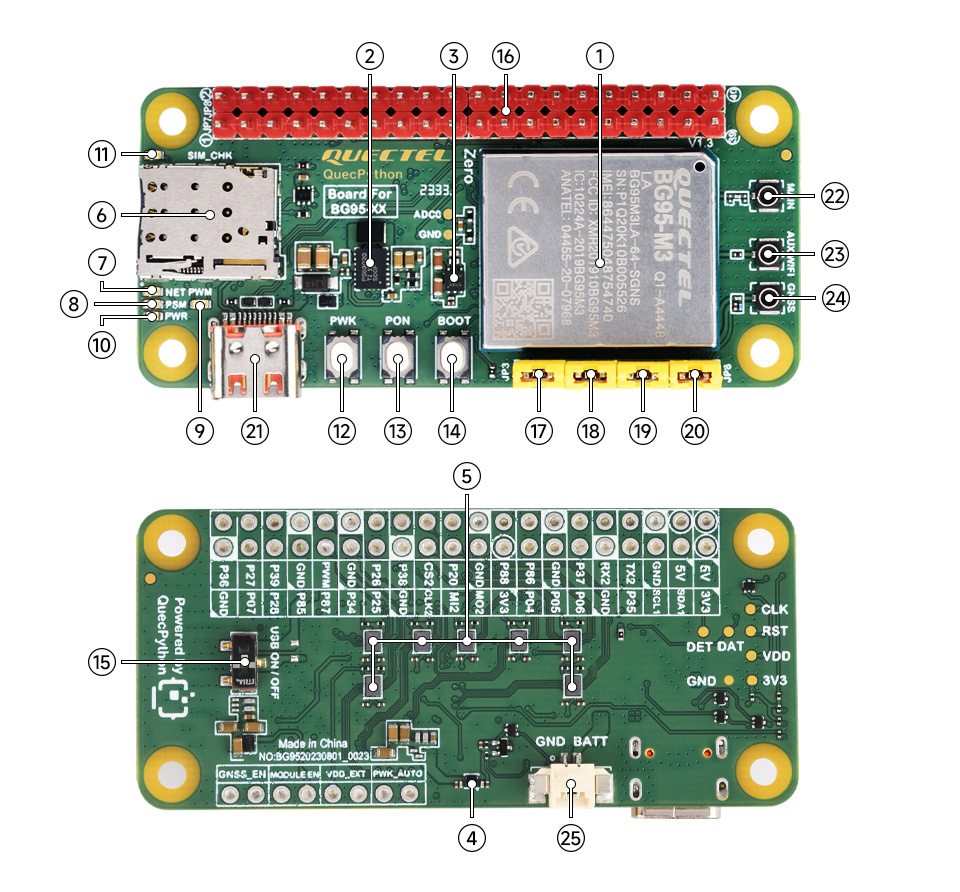
TBG95 is an advanced battery technology that stands out due to its unique chemistry and design, which are engineered to enhance performance and efficiency. While specific technical details about TBG95 can vary by manufacturer, the technology generally focuses on maximizing energy density, improving charge and discharge rates, and extending the overall lifecycle of batteries.
The name “TBG95” refers to a specific formulation or a series of products that may be used interchangeably with lithium-ion batteries, but with enhanced properties. The advancements in TBG95 aim to overcome some of the limitations found in traditional batteries, particularly those related to energy storage for high-demand applications.
Key Features of TBG95
1. High Energy Density
One of the most significant advantages of TBG95 technology is its high energy density. This means that TBG95 batteries can store more energy in a smaller volume compared to conventional lithium-ion batteries. For applications like electric vehicles, a higher energy density translates to longer driving ranges without increasing the size or weight of the battery pack, enhancing vehicle performance.
2. Fast Charging Capabilities
TBG95 technology also emphasises rapid charging capabilities. Traditional lithium-ion batteries often suffer from long charging times, which can deter consumers from fully embracing electric vehicles. In contrast, TBG95 batteries can be charged significantly faster, making them more convenient for users. This capability is especially vital as the electric vehicle market expands, as faster charging can help alleviate range anxiety among consumers.
3. Enhanced Lifespan
Another notable feature of TBG95 batteries is their extended lifespan. These batteries are designed to withstand more charge-discharge cycles without significant degradation in performance. This increased longevity not only reduces the frequency of battery replacements but also lessens the environmental impact associated with battery disposal. A longer lifespan is particularly beneficial in applications such as renewable energy systems, where batteries are essential for storing excess energy generated from sources like solar and wind.
4. Improved Safety Features
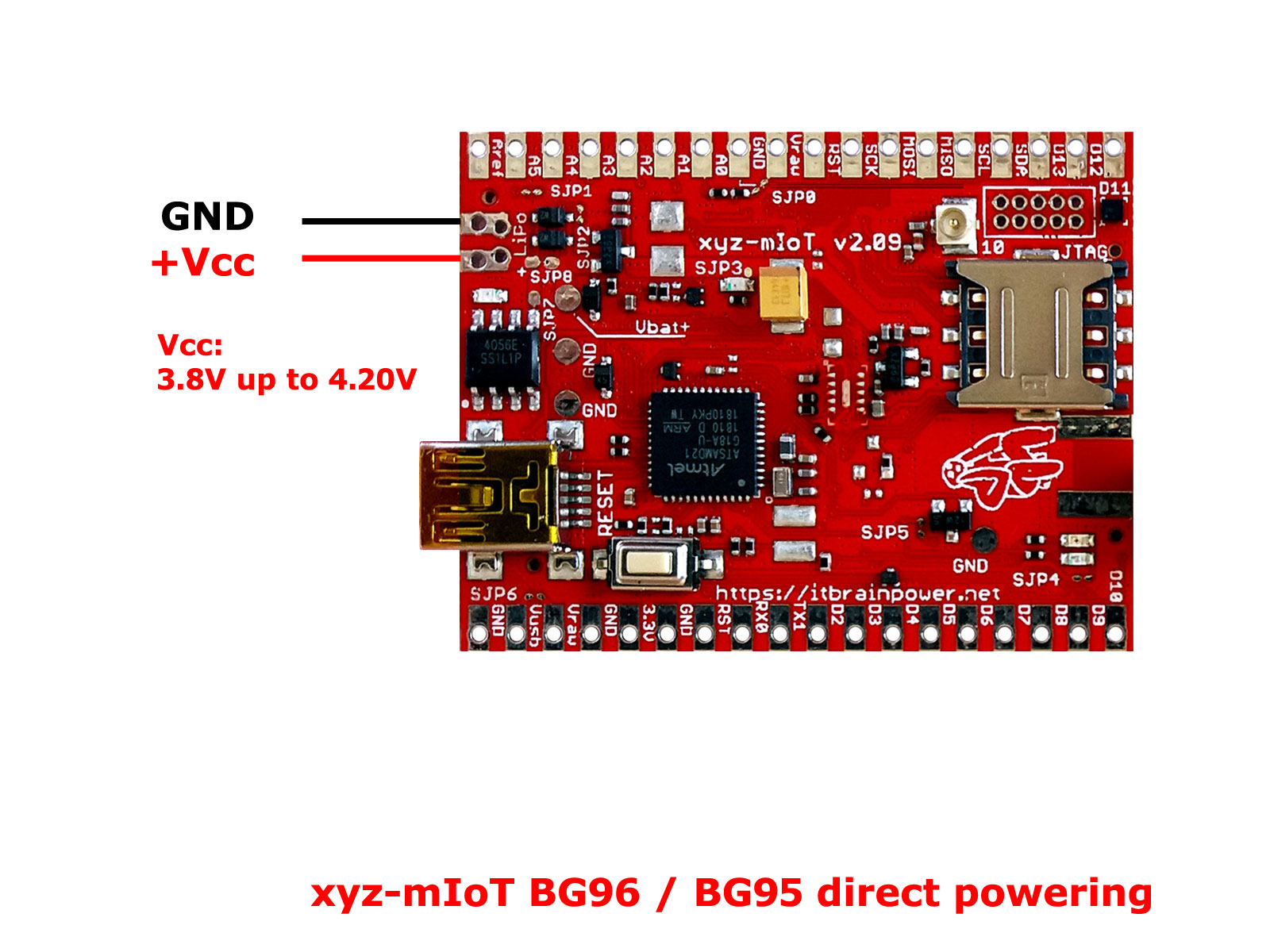
Safety is a primary concern in battery technology, and TBG95 addresses this by incorporating advanced safety features. The batteries are designed to minimize risks such as overheating, short circuits, and thermal runaway—a condition where a battery overheats and potentially catches fire. Enhanced thermal management systems and robust construction materials help mitigate these risks, making TBG95 a safer choice for consumers.
Applications of TBG95
1. Electric Vehicles
TBG95 technology is particularly well-suited for electric vehicles, where efficiency and performance are critical. As automakers strive to produce longer-range EVs with quicker charging capabilities, TBG95 offers a compelling solution. The high energy density allows manufacturers to create lighter vehicles without sacrificing performance, while the fast-charging feature makes EVs more user-friendly.
2. Renewable Energy Storage
The rise of renewable energy sources like solar and wind has created a significant need for effective energy storage solutions. TBG95 batteries can efficiently store excess energy generated during peak production periods and release it during times of high demand. This capability is essential for stabilizing the energy grid and integrating renewable sources, thus promoting a more sustainable energy system.
3. Consumer Electronics
In addition to transportation and energy systems, TBG95 technology has applications in consumer electronics. High-performance batteries can significantly enhance devices such as smartphones, laptops, and tablets by providing longer battery life and faster charging. As consumer expectations for electronics continue to evolve, TBG95 can meet these demands with its superior capabilities.
4. Grid Energy Storage
TBG95 technology can also be utilized for grid energy storage, helping to balance supply and demand within the electrical grid. By storing energy during low-demand periods and discharging it when demand peaks, TBG95 batteries can contribute to grid stability and support the integration of renewable energy sources.
Advantages of TBG95
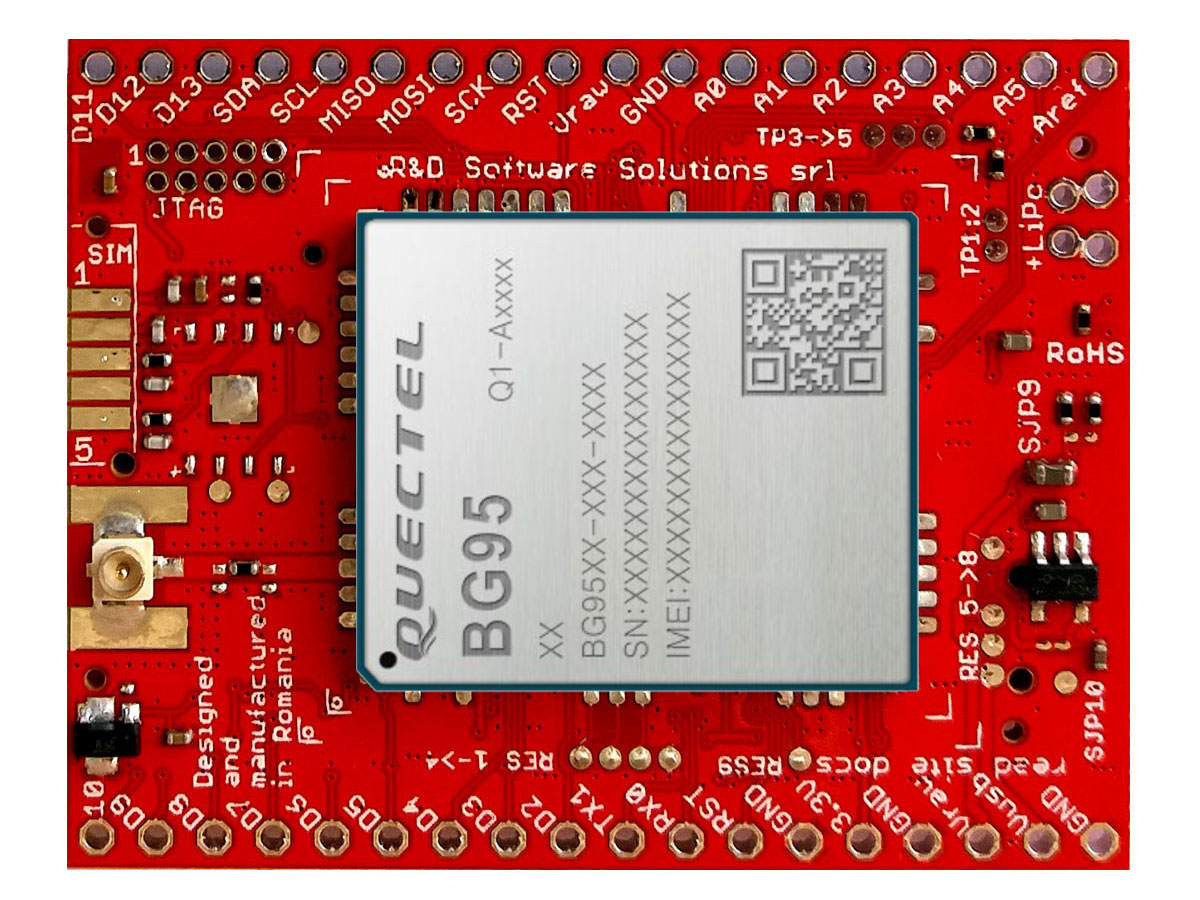
1. Environmental Benefits
The adoption of TBG95 technology aligns with global sustainability efforts. The increased lifespan of these batteries means fewer replacements are needed, resulting in less waste. Moreover, by facilitating the use of renewable energy sources, TBG95 contributes to reducing greenhouse gas emissions, helping to combat climate change.
2. Economic Viability
As TBG95 technology matures, it has the potential to lower the costs associated with energy storage and electric vehicles. With improved manufacturing processes and economies of scale, TBG95 could become a more affordable option for consumers and businesses. This economic viability is crucial for driving widespread adoption and encouraging further innovation in the battery sector.
3. Improved User Experience
TBG95’s fast charging and extended lifespan significantly enhance the user experience for consumers, whether they are driving electric vehicles or using portable electronics. The convenience of quicker charging times and longer-lasting batteries promotes greater consumer confidence in electric technologies and can help drive broader adoption.
Challenges Facing TBG95
1. Manufacturing Scalability
While TBG95 technology shows significant promise, scaling up production to meet the increasing demand for electric vehicles and energy storage solutions poses a challenge. Manufacturers must invest in developing efficient production processes and supply chains to ensure that TBG95 can be produced at a competitive cost.
2. Market Competition
The battery technology market is highly competitive, with numerous companies vying for leadership. TBG95 must compete against established lithium-ion technologies and emerging alternatives like solid-state batteries and lithium-sulfur batteries. Continued innovation and differentiation will be crucial for TBG95 to secure its position in the market.
3. Regulatory Compliance
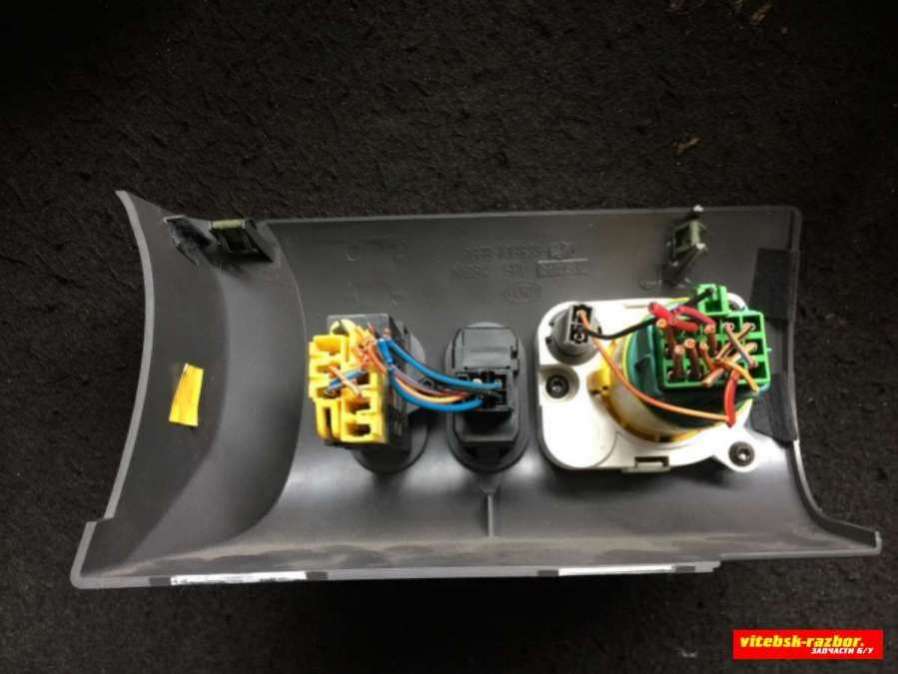
As TBG95 technology becomes more integrated into various applications, it may face regulatory scrutiny regarding safety, performance, and environmental impact. Navigating the regulatory landscape will be essential to ensure that TBG95 can gain approval for widespread use and meet industry standards.
The Future of TBG95
The future of TBG95 technology appears bright, with ongoing research and development aimed at enhancing battery performance and efficiency. As the global demand for electrification and renewable energy solutions continues to rise, TBG95 is well-positioned to play a critical role in shaping the future of energy storage.
Innovations in battery chemistry and design are expected to yield even more improvements in TBG95 technology, making it an attractive option for various applications. As manufacturers adopt and integrate TBG95 into their products, consumers can look forward to improved performance and a more sustainable energy landscape.
Conclusion
TBG95 represents a significant advancement in battery technology, offering high energy density, fast charging capabilities, extended lifespan, and enhanced safety features. Its applications in electric vehicles, renewable energy systems, consumer electronics, and grid energy storage highlight its potential to transform the energy landscape.
While challenges remain in manufacturing scalability, market competition, and regulatory compliance, the advantages of TBG95 technology position it as a promising solution for the future of energy storage. As society increasingly embraces electrification and sustainable energy solutions, TBG95 could become a cornerstone of the next generation of energy storage technologies, revolutionizing how we power our lives and our world.


